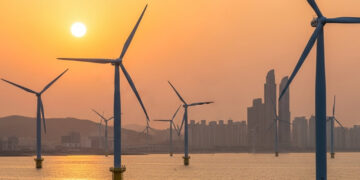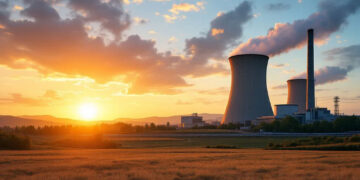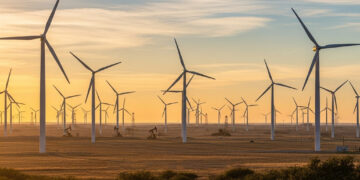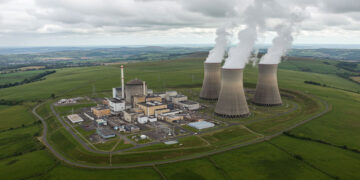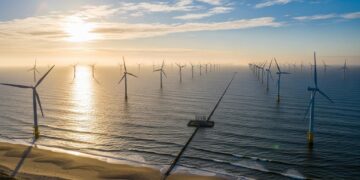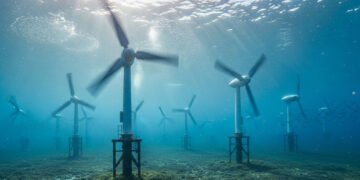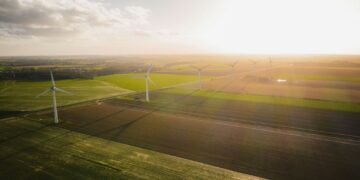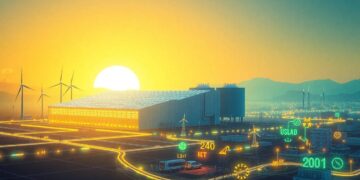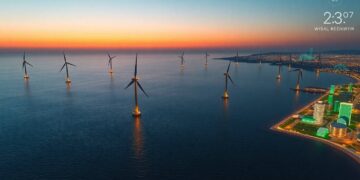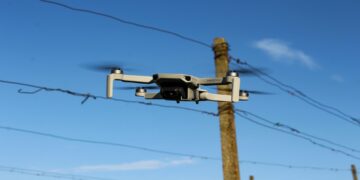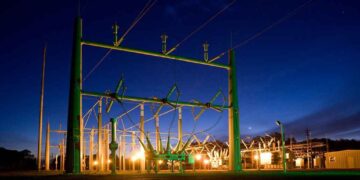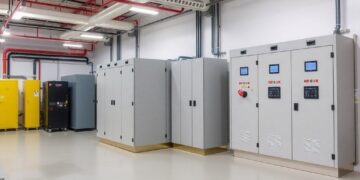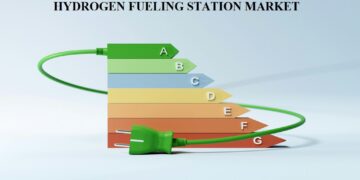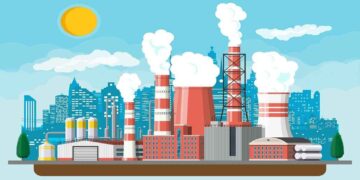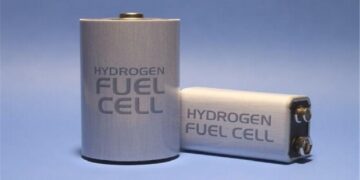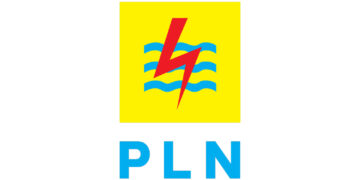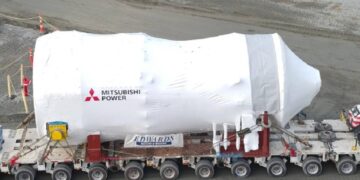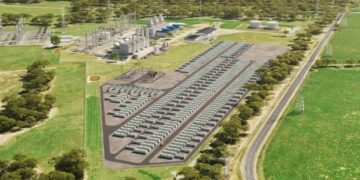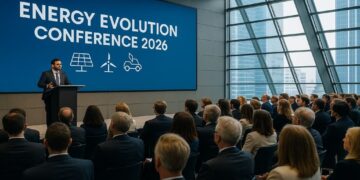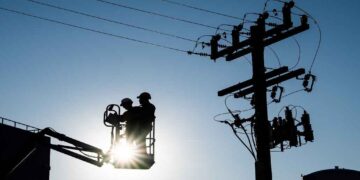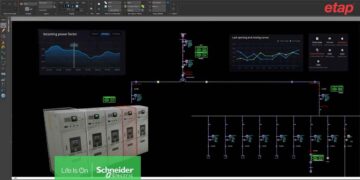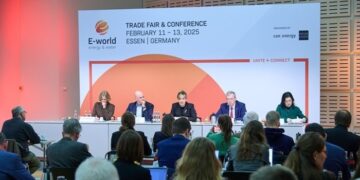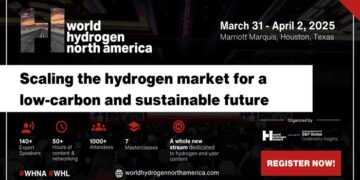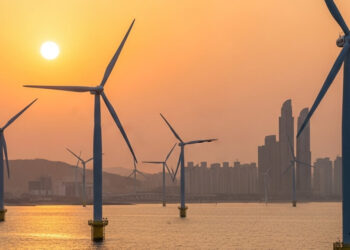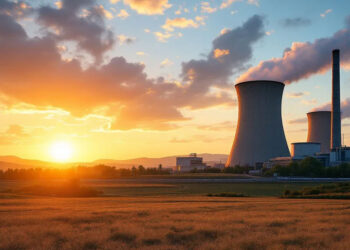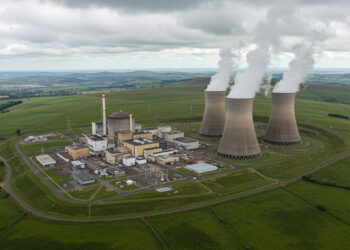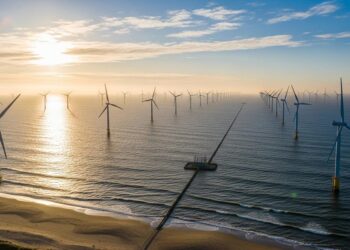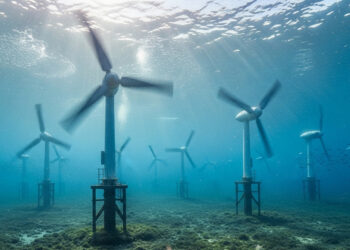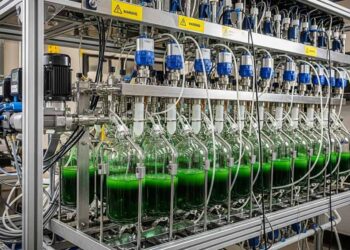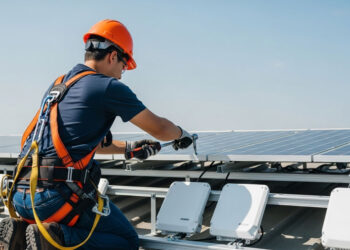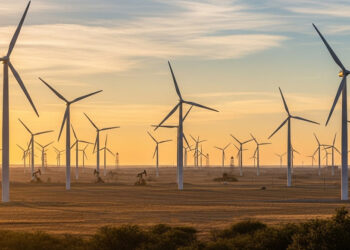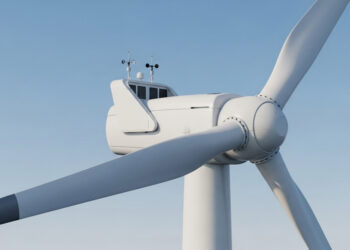The Shinpo project was cancelled by the US Government in 2002. The US claimed the plant breached a 1994 agreement by secretly continuing with its nuclear weapons programmes. The plant was to consist of two 1,000MW blocks based on the South Korean standard nuclear plant (KSNP) design. Total investment was originally estimated at $4.5bn.
Before work had begun a series of protocols had to be negotiated and signed. These governed privileges immunities, consular protection, communications, transportation, control of construction sites and services to be provided by the North, had to be negotiated and signed.
NUCLEAR ENERGY AND KOREA
The Korean Peninsula Energy Development Organisation (KEDO) is a New York-based international consortium established in Geneva in 1994. The consortium comprises Japan, South Korea, the US, the EU and eight UN member countries, including Canada, Australia, New Zealand, Finland and Indonesia.
“The new light water reactor plant was to be under the scrutiny of international inspectors.”
It was formed as part of an agreement whereby the international consortium members would build a 2,000MW nuclear power plant in North Korea and, in return, North Korea would phase out its graphite reactors, which are capable of producing bomb-grade material. Unlike the original Pyongyang programme, the new light water reactor plant was to be under the scrutiny of international inspectors, guaranteeing the communist country’s nuclear power plants played no role in nuclear weapon development.
The location chosen for the new plant was the the Kumho area of Shinpo, in the South Hamkyong Province of North Korea.
CONSTRUCTION
A geological survey team finally started work in January 1996 to prepare for the construction of two light-water nuclear reactors. The survey focused on the possible impact of an earthquake on the proposed reactor site. A groundbreaking ceremony to mark the launch of the reactor construction project took place in August 1997. The consortium planned to complete construction of the two light-water reactors by 2003, but completion was subject to unique uncertainties.
PROJECT FINANCE
In February 1998, the KEDO executive board held talks to discuss sharing costs for the project. A revised project cost of $5.2bn had been agreed in November 1997. At that time only Japan and South Korea had made financial commitments to the project. The economic crisis in Asia meant that for a time neither South Korea nor Japan was in a position to continue to support the project without a stronger financial commitment from the other members of the international consortium.
The finances for the project were finally agreed in May 1999 when Japan committed $1bn. South Korea had a few months earlier agreed to commit $3.2bn and had raised electricity tariffs by 3% to finance their commitment. The US and the EU were to jointly provide a further $400m.
The project would also have needed investment in the North Korean transmission system, which was by no means adequate to distribute power from a plant of the capacity of Shinpo.
NUCLEAR POWER PLANT MAKE-UP
The Korea Electric Power Corp. (KEPCO) was the lead project manager for Shinpo. The power plant followed the KSPN design, which is modelled after ABB-CE’s System 80. All the suppliers were companies that had been associated with KEPCO on other KSPN projects. Hanjung led the equipment supply. Construction was assigned to a consortium of Hyundai, Dong Ah, Daewoo, and Hanjung. Duke Engineering Service acted as a technical consultant.
DESIGN FEATURES
The KSNP was developed from incremental design improvements, which built on the safety and reliability of earlier proven designs. The recently completed Ulchin three and four units, in North Kyungsang Province of South Korea, were the first KSNPs. Their design was in turn derived from the earlier Yonggwang three and four power plant. The Yonggwang three and four design was itself modelled on the reactors at Palo Verde Nuclear Generating Station in the United States. The basis for all these plants is ABB’s successful System 80 design.
Design features in the KSNP that have evolved from the earlier models include:,
- A larger volume of coolant in the reactor system so that it responds more slowly to unanticipated transients. This gives a greater operating margin and reduces problems with safety systems
- A safety depressurisation system to meet the latest US regulatory requirements
- Digital plant control systems to increase reliability and reduce complexity
- An alternative AC power source to comply with recent regulatory concerns involving a station blackout
- Reactor vessel water-level measurement instrumentation has been improved
- Pump capacity of the emergency feed-water system has been increased
- Equipment and systems used in the reactor have been simplified for easier maintenance
- Supposedly designed to produce less radioactive waste
The construction cost and total time to completion of the KSNP is reported to be similar to that of the French standard, but less than that of Japanese or US models.
“The Shinpo project was cancelled by the US Government in 2002.”
STANDARD SYSTEM
Developing the Korean standard system from the ABB System 80 design means the KSPN has a pedigree of safe and efficient operation. The three Palo Verde units in the US have had a successful operational record since their start-up in the 1980s.
The Yonggwang units three and four, which went into commercial operation in 1995 and 1996, now feature in the top ten in world nuclear plant performance.
KEPCO has reported that Yonggwang unit four achieved ‘one cycle trouble free’ operation after 387 days of continuous operation. During this third-fuel cycle, the unit achieved 102%, with no shutdowns. The Ulchin three and four units, which were the first KSPNs, have also achieved good performance to date. Unit three achieved a 103% capacity factor and a 100% availability factor during its first cycle of operation.
SAFETY CULTURE
KEPCO emphasise the paramount importance of the operator and the safety culture of the organisation in ensuring safe and reliable operation of nuclear plants. KEPCO claim that the Korean model is 10% safer than most other available reactors. The Korean nuclear power programme has enjoyed an excellent safety record to date.
KEPCO claim that their record of high availability factors, low frequency of reactor trips, low personnel exposures to radiation, and low volumes of radioactive waste, are all evidence that a high degree of emphasis is placed on operational excellence, and that a strong safety culture exists in the organisation.



